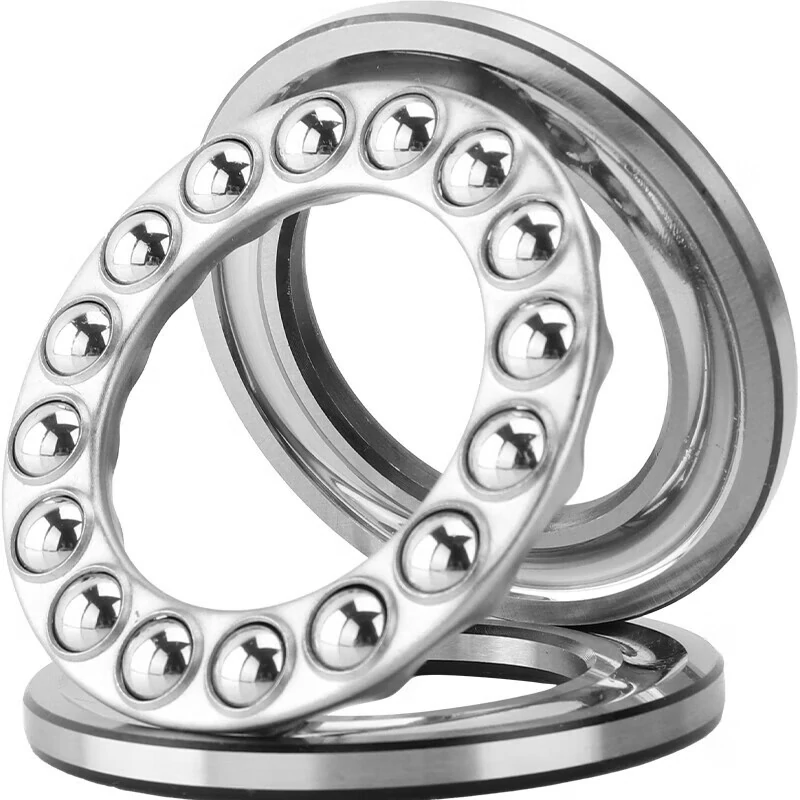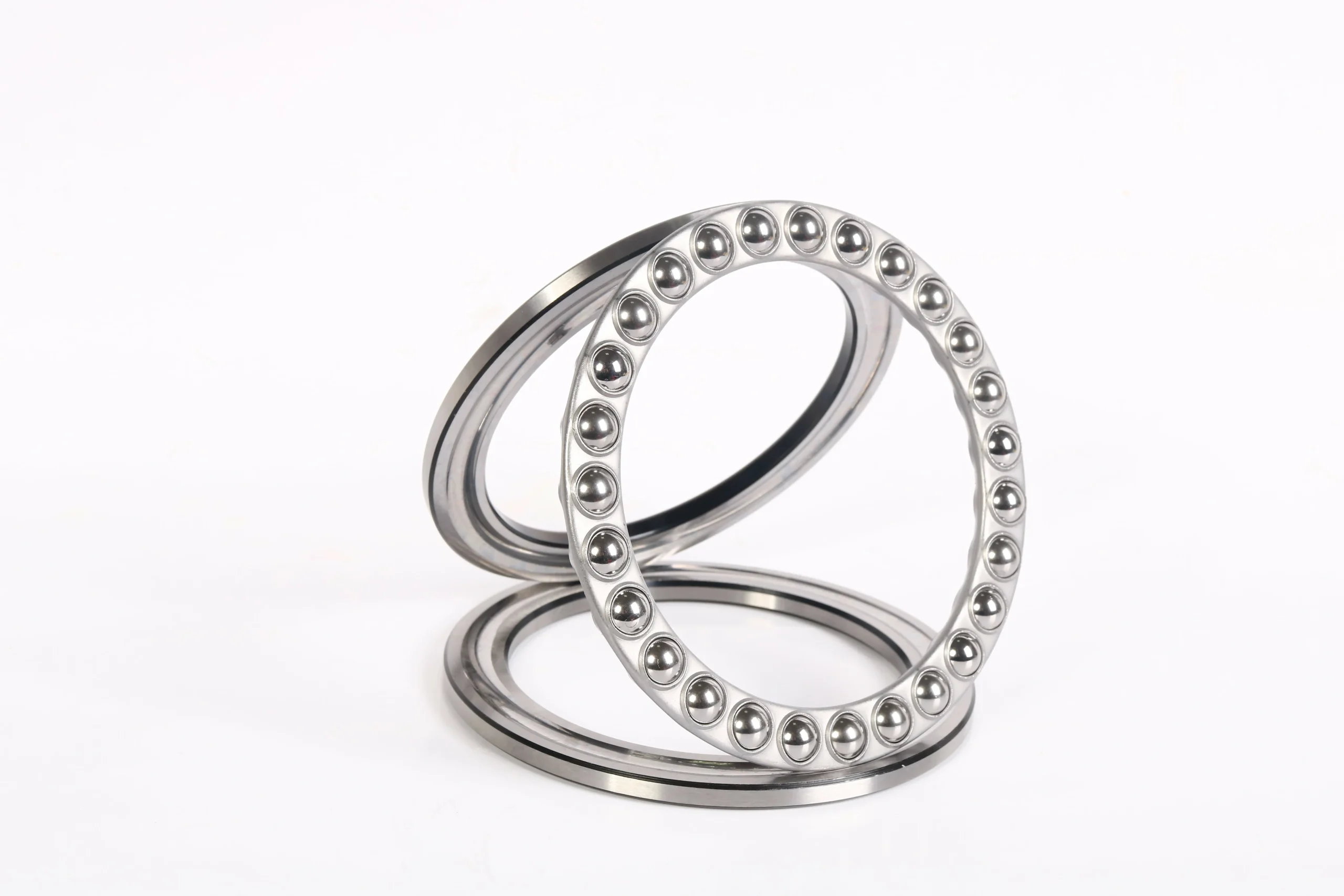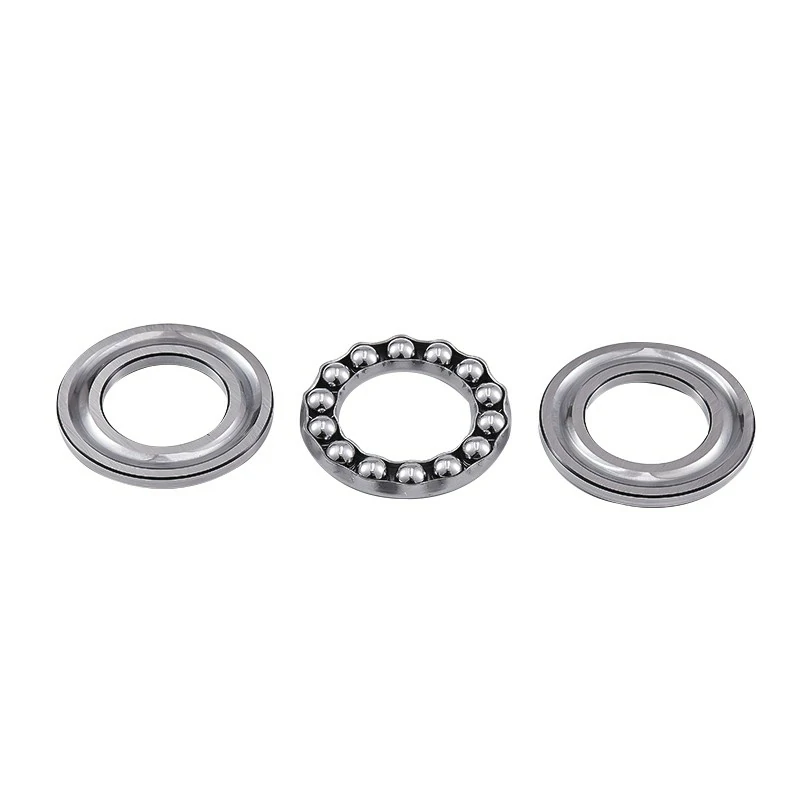Single-Direction Thrust Ball Bearing
Core advantages
✔ High axial load – Designed for pure axial loads, with strong load-bearing capacity.
✔ Low friction and high speed – Rolling friction design, suitable for higher speeds (better than sliding bearings).
✔ Compact and lightweight – Simple structure, small installation space, suitable for lightweight design.
✔ Standardized and universal – Unified models (such as 51100 series), easy to purchase and replace.
Typical applications
Automobile: Clutch release bearing, gearbox thrust support.
Machine tools: Vertical drilling machine spindle, lathe axial positioning.
Pumps: Axial force balance of centrifugal pumps and submersible pumps.
Home appliances: Washing machine dehydration barrel, fan motor fixing.
Single-Direction Thrust Ball Bearing Detailed Introduction
Single-Direction thrust ball bearing is a Thrust Ball Bearing specially designed to bear unidirectional axial load, and is widely used in occasions requiring high speed and low friction. Its structure is simple, mainly composed of inner ring (contacting with the shaft), outer ring (contacting with the bearing seat), steel ball and cage.

1. Structure and characteristics of Single-Direction Thrust Ball Bearing
Single-direction load bearing: can only support unidirectional axial load, cannot bear radial load.
Adapt to high speed: adopt rolling friction design, suitable for high-speed operation, performance is better than sliding bearings.
Low starting friction: has small starting friction, very suitable for frequent start-stop applications.
Standardized design: has good versatility, easy to install and replace.
Limitations:
Cannot bear radial load.
High requirements for installation accuracy, such as installation deviation will cause stress concentration, affecting the life of the bearing.
2. Common models and parameter table
The following are the parameters of some common models:
Note:
Dynamic load (C): refers to the maximum load that the bearing can withstand when rotating.
Static load (C₀): refers to the maximum load that the bearing can withstand when stationary.
Limiting speed: The maximum speed under grease lubrication conditions, which can be increased by 20%~30% under oil lubrication.
Common brands:
SKF single-row thrust ball bearing
FAG single-row thrust ball bearing
NSK single-row thrust ball bearing
NTN single-row thrust ball bearing
TIMKEN single-row thrust ball bearing
KOYO single-row thrust ball bearing
INA single-row thrust ball bearing
3. Typical applications
Single-row thrust ball bearings are suitable for occasions that specifically bear axial loads. Common applications are as follows:
Automotive industry: clutch release bearings and thrust supports in gearboxes.
Machine tool equipment: such as axial positioning of vertical lathe spindles and drilling machines.
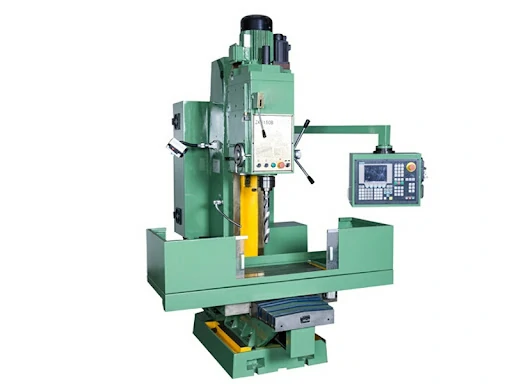
Pump equipment: such as axial supports in centrifugal pumps and submersible pumps.
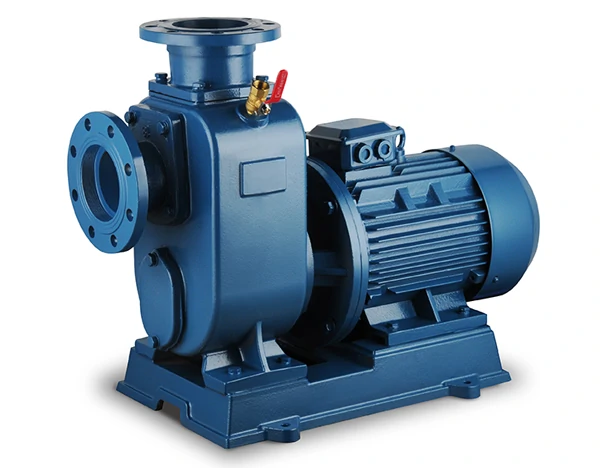
Household appliances: such as axial fixation of washing machine dehydration barrels and fan motors.
4. Frequently Asked Questions (FAQ)
Q1: Can single-row thrust ball bearings withstand radial forces?
A: No, it is only suitable for axial loads in one direction. If you need to bear radial loads at the same time, you should choose other types of bearings, such as angular contact ball bearings or tapered roller bearings.
Q2: What should you pay attention to when installing?
A:
Make sure that the inner ring is close to the shaft shoulder and the outer ring is close to the bearing seat.
The verticality of the shaft and the bearing seat must be guaranteed. Deflection will cause early damage to the bearing.
Select the lubrication method (grease lubrication or oil lubrication) according to the speed.
Q3: How to judge whether the bearing is damaged?
A:
When you hear abnormal noise (metal friction sound), it may be insufficient lubrication or steel ball damage.
If the axial clearance is too large, it will show obvious shaking, indicating that the bearing is severely worn and needs to be replaced.
Bearing overheating (over 80℃) may be due to insufficient lubrication or excessive load.
Q4: How to choose single-row and double-row thrust ball bearings?
A:
Single-row bearings are suitable for unidirectional axial loads (such as pump shafts).
Double-row thrust ball bearings (such as the 52200 series) are suitable for bidirectional axial loads (such as crane slewing supports).
Q5: Can single-row thrust ball bearings be used in high temperature or corrosive environments?
A:
Standard models (such as 51100) are suitable for normal temperature environments.
For high temperature environments, high-temperature steel (such as SKF 51105 C4) can be selected.
In corrosive environments, stainless steel bearings (such as 51103 SS) should be selected.
5. Maintenance and replacement recommendations
Lubrication: Regularly fill the bearings with high-temperature lithium-based grease (such as SKF LGMT 2).
Inspection cycle: Check the axial clearance and noise every 3 to 6 months.
Replacement standard: If the axial clearance exceeds 0.3mm, or if peeling, jamming, etc. occur, the bearing needs to be replaced in time.
Резюме
Single-row thrust ball bearings perform well when subjected to pure axial loads, and are particularly suitable for high-speed and low-friction applications. Correct installation and regular maintenance can effectively extend the service life of the bearing. When bidirectional load bearing or complex load is required, double-row thrust bearings or angular contact ball bearings are recommended.

